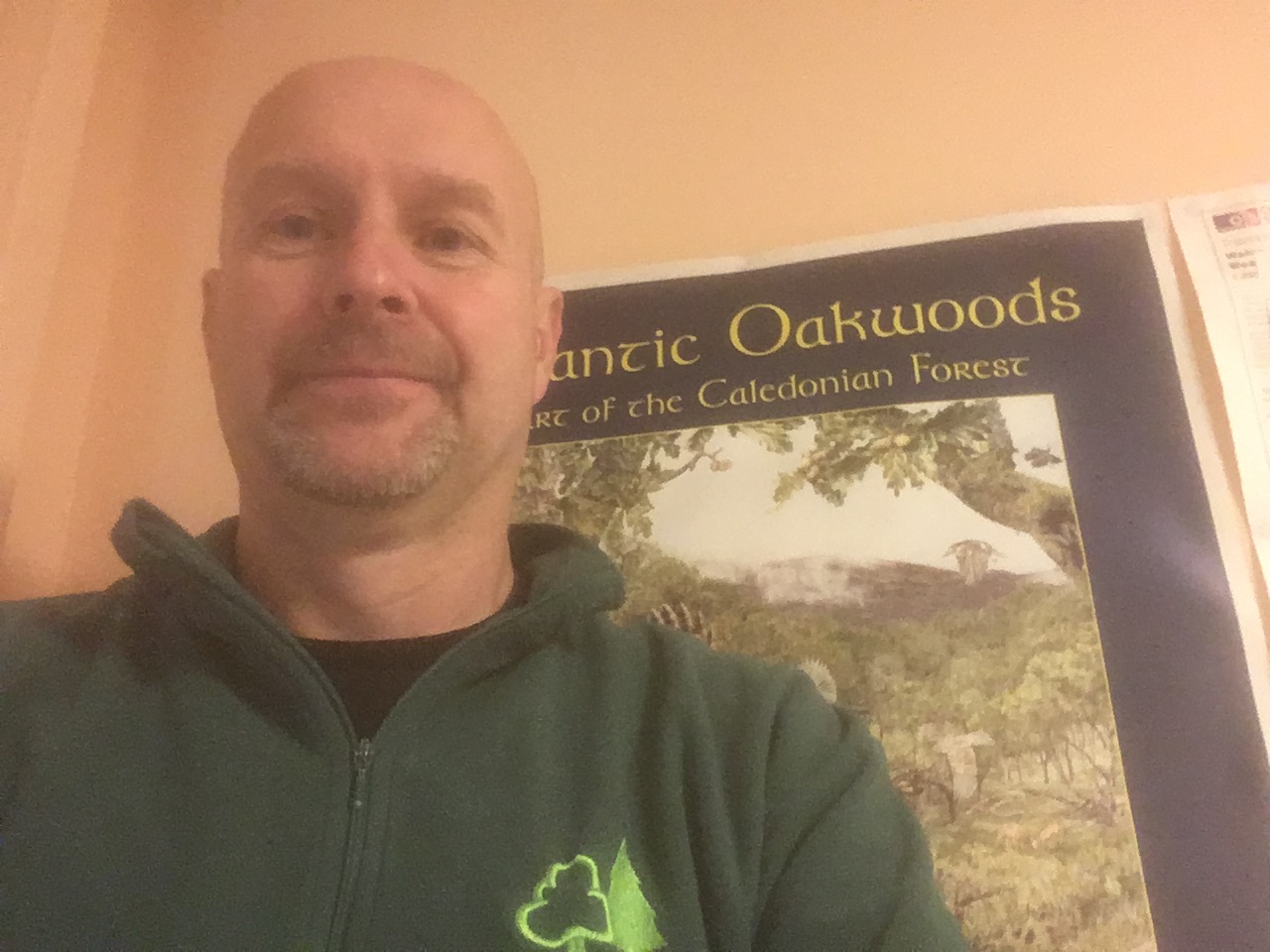Towards Climate-Smart Forestry, Phase II
Author(s): Andrew Price, Joan Cottrell

Andrew studied forestry at Bangor University from 1994-97 and was employed as a private Forest Manager in the Scottish Highlands before working as a Planner for Forestry Commission Wales from 2003-06. He transferred to Forest Research Technical Services Unit in 2006 and has worked for the Tree & Wood Properties Programme since 2012.
Operational planning. Tree and wood properties research.
Andrew is interested in determining the economic potential of emerging, minor and secondary species in terms of structural timber quality and volume recovery. His current work involves the identification of suitable stands of study trees, arranging for data collection, felling, extraction and haulage, undertaking physical and mechanical wood testing and interpretive analysis.
He also maintains the FR business systems for Quality Assurance and Environmental Management and provides technical advice on Waste Management to the Forestry Commission.
Andrew is currently studying the effects on the wood properties of naturally-regenerated Sitka spruce respaced to different stocking densities and has recently undertaken a review of the site and environmental factors associated with shake in oak.
Mclean, P., Ridley-Ellis, D., Price, A. and Macdonald, E. (2024). Wood properties and uses of larch in Great Britain. Research report, Forest Research, Farnham, UK.
Price, A., Mclean, P., Stokes, V. and Cameron, A.D. (2024). Effects of early respacing on physico-mechanical properties of naturally regenerated Picea sitchensis in Great Britain. Journal article. Canadian Journal of Forest Research.
Manso, R., Price, A., Ash, A and Macdonald, E. (2024). Volume prediction of young, improved Sitka spruce trees in Great Britain through Bayesian model averaging. Forestry: An International Journal of Forest Research. https://doi.org/10.1093/forestry/cpae010
Price, A., Ridley-Ellis, D., Adams, S, Lehneke, S., Ash, A. and Elspeth Macdonald, E. (2024). Timber properties of species with potential for wider planting in Great Britain. FR Research Note.
Price, A., Hapca, A., Gardiner, B., Macdonald, E. and Mclean, P (2017). Assessing the stem straightness of trees. Technical Note FCTN021. Forestry Commission, Edinburgh. 6p
Price, A.J.E. (2016). Waste Management. Operational Guidance Booklet 35. Forestry Commission, Edinburgh. 101p.
Price, A.J.E. (2016). Wastes Directory. Operational Guidance Booklet 35a. Forestry Commission, Edinburgh. 72 p.
Price, A.J.E. (2015). Shake in oak: an evidence review. Research report. Forestry Commission, Edinburgh. 28pp.
Price, A.J.E. and Macdonald, E. (2013). Timber from larch trees infected by Phytophthora ramorum: options for harvesting and storage. Internal report to FC Scotland. 27 pp.
Robson, D., Macdonald, E., Newman, G., Price, A.J.E., Hilton, G., Molteno, S., Lawrence, A. and Mason, A. (2013). Developing an Evidence Base for Furthering the Use of English Wood Products in a Range of Markets. Report to Defra.
Price, A.J.E. & Savill, P. (2013). Acoustic velocity measurements of oak – do these assist in detecting shaken stems? Quarterly Journal of Forestry, 107 (3), pp.192-196.
Price, A.J.E. & Macdonald, E. (2012). Growing Birch in Scotland for Higher Quality Timber. Internal report to FC Scotland. 26 pp.
Mayhead, G.J. & Price, A.J.E. (1998). The Effect of Cultural Treatments on the Growth and Form of Young Sessile Oak. Quarterly Journal of Forestry,92 (2), pp.125-130.